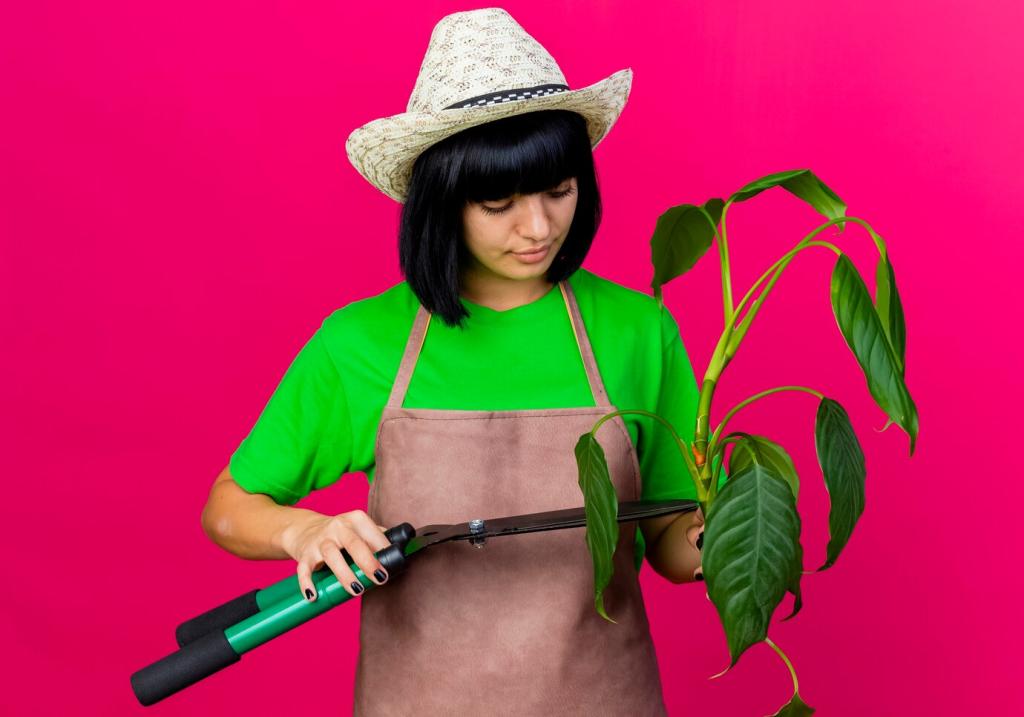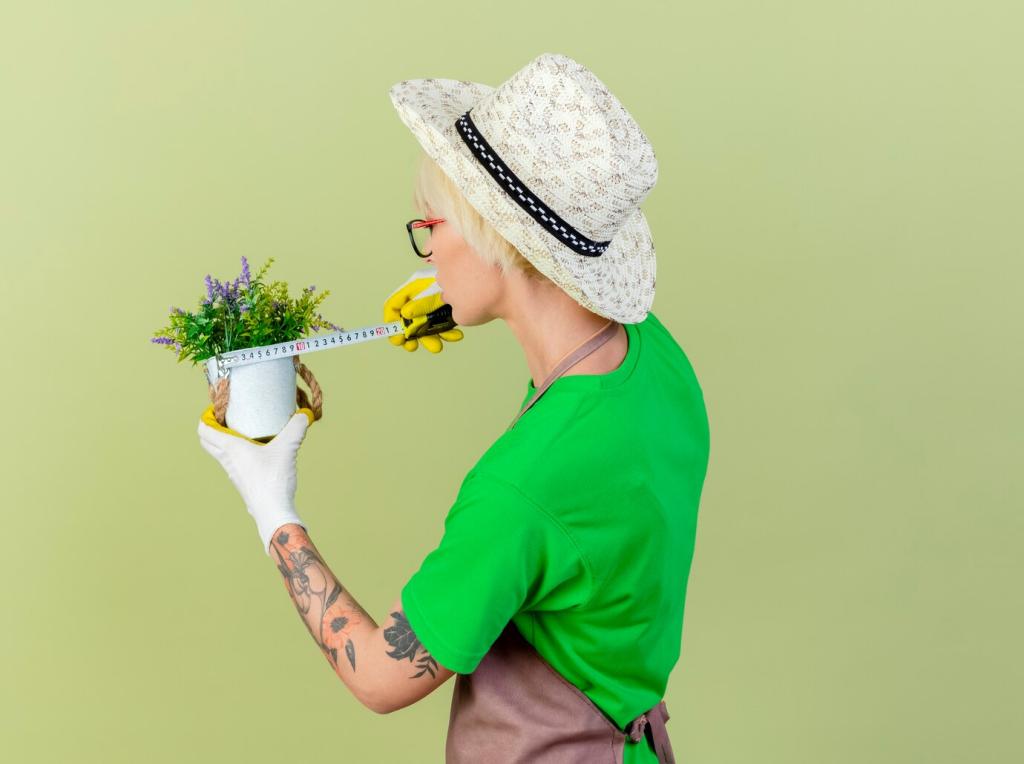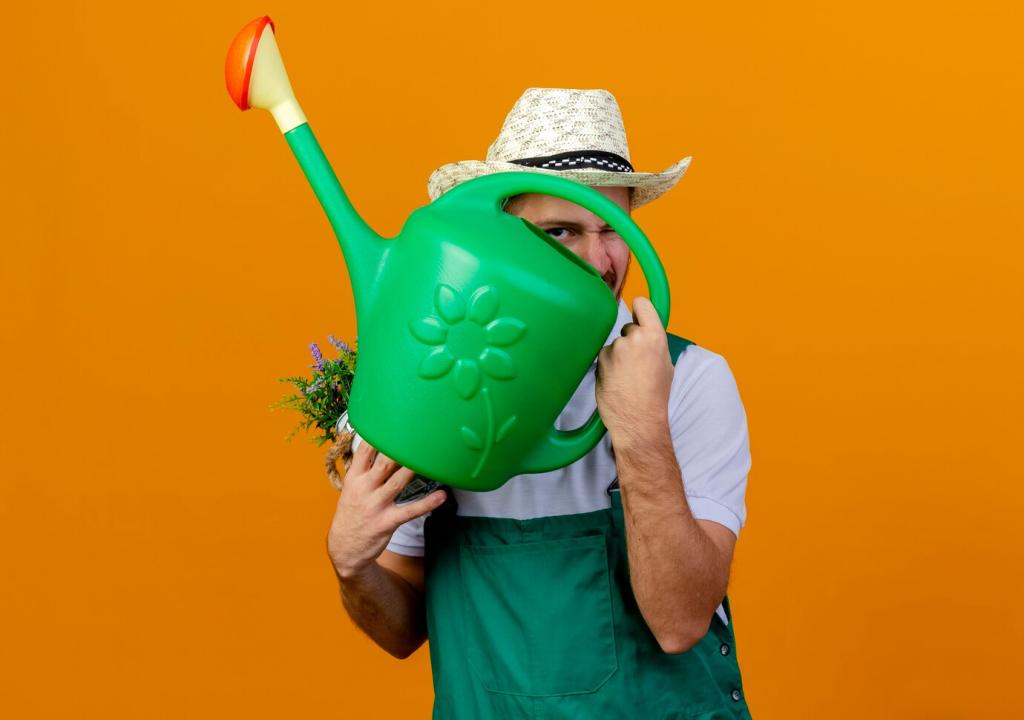Sustainable Urban Gardening Techniques
Sustainable urban gardening is transforming cities into vibrant, green spaces that promote ecological health, social well-being, and local food production. This web page explores innovative and practical approaches to integrating sustainable gardening into urban environments. By harnessing these techniques, urban dwellers can maximize limited space, conserve resources, and cultivate communities centered around environmental responsibility and resilience.


Previous slide
Next slide
Rainwater harvesting involves capturing runoff from roofs and directing it into storage barrels or cisterns. This practice turns a typically wasted resource into a valuable asset for irrigation. Installing gutters with filters prevents debris from contaminating stored water. Harvested rainwater is ideal for non-potable uses such as watering vegetables and washing gardening tools. Using collected rainwater reduces dependence on municipal supplies, lowers utility costs, and helps manage stormwater runoff, mitigating urban flooding.

Soil Health and Management
Urban soils may contain pollutants like heavy metals from previous industrial use or nearby traffic. Regular testing—available from local extension services—identifies contaminants and nutrient deficiencies. In areas with unfit soil, remediation techniques such as planting hyperaccumulator species, adding organic amendments, or building raised beds with imported soil are employed. Addressing potential problems not only protects plants but also human health, ensuring safe and productive gardening.

Community and Shared Spaces
01
Community gardens—shared plots managed by groups of neighbors—maximize underused urban land and foster a sense of ownership and pride. They often include raised beds, composting areas, and communal tools, making gardening accessible to people of all ages and abilities. Rules for fair use, regular maintenance schedules, and shared harvests contribute to their longevity and success. These spaces provide vital green relief in concrete jungles and serve as hubs for education and community building.
02
Many urban gardeners lack access to storage or expensive equipment. Tool libraries and resource-sharing agreements enable neighbors to borrow gardening tools, seeds, and materials, reducing costs and waste. Such cooperative efforts avoid unnecessary duplication and support more sustainable practices citywide. Workshops and skill-sharing events further empower participants, ensuring everyone has the know-how and means to create productive gardens, regardless of prior experience or individual resources.
03
Plant swaps and seed exchanges bring together gardeners to trade seedlings, cuttings, and seeds, broadening local biodiversity and encouraging experimentation. Participants gain access to new varieties and gardening tips without financial barriers. These gatherings foster a spirit of generosity and mutual support, celebrate urban agriculture, and help preserve rare or unusual plant genetics. Over time, such exchanges knit together vibrant networks of gardeners committed to sustainability and diversity.
Integrated Pest Management (IPM)
Attracting predatory insects such as ladybugs, lacewings, and hoverflies helps keep pest populations in check naturally. Planting a diverse array of flowers and herbs provides food and habitat for these allies, creating a balanced ecosystem. Avoiding broad-spectrum pesticides preserves beneficial insect communities. Educating gardeners about the value of native pollinators and natural predators is essential for fostering more self-sustaining urban green spaces and reducing risks to human health.
Previous
Next
Upcycling and Reuse in Garden Design
Household items such as buckets, colanders, or even old footwear can find new life as plant pots. Drilling drainage holes and ensuring the right size allows for healthy root systems. Repurposing containers reduces material consumption and infuses gardens with quirky charm. Unique planters often become conversation starters, inviting neighbors to explore creative, low-waste gardening. This approach is particularly valuable in cities where traditional gardening supplies may be expensive or hard to find.
Technology and Innovation in Urban Gardens
Automated Monitoring and Smart Irrigation
Sensors and smart controllers can monitor soil moisture, temperature, or light levels, automatically adjusting irrigation schedules for optimal water use. These systems are especially beneficial for busy urbanites who may have limited time to tend gardens. Integrated with smartphones, they provide real-time alerts and data, supporting efficient and responsive care. Smart irrigation not only conserves resources but also fosters healthier plants by preventing over- or under-watering, key to sustainable urban horticulture.
Mobile Apps for Gardening Guidance and Networking
Mobile applications offer tailored advice on plant care, pest identification, and seasonal tasks specific to local climates. Many apps include digital journals for tracking growth, reminders for maintenance, and forums for connecting with fellow gardeners. These tools democratize knowledge, making expert guidance accessible to anyone with a smartphone. In addition, social features promote sharing of resources, tips, and project inspirations, strengthening urban gardening communities.
Hydroponics and Aquaponics for Urban Food Production
Hydroponics and aquaponics replace traditional soil with nutrient-enriched water solutions or integrated fish tanks, revolutionizing food production in space-constrained environments. These systems can be set up indoors, on rooftops, or even in repurposed shipping containers. Advanced sensors and automated dosing finely tune growing conditions, resulting in faster harvests and less water use than conventional gardening. Urban farmers using these methods help reduce transportation-related emissions by growing fresh, local produce year-round within the city.
